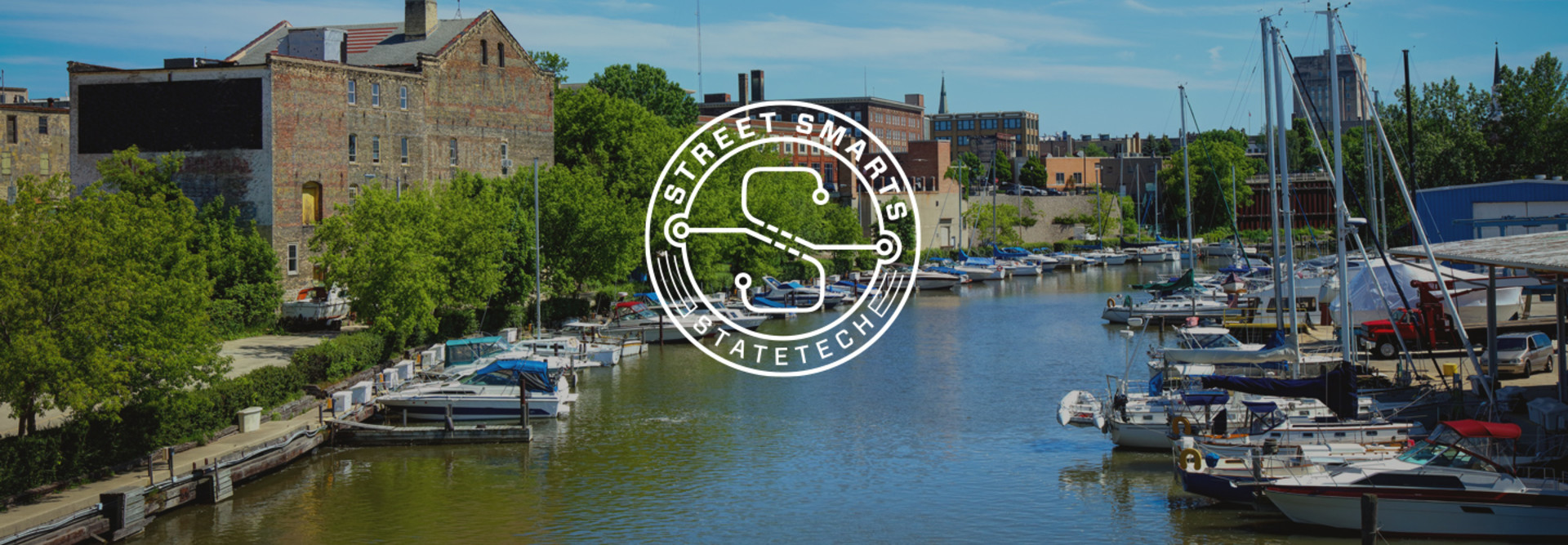“High-speed internet is the No. 1 component,” Rainwater says. “Cities being able to either lay it themselves or work with a private sector company to have higher-speed broadband pays a dividend; having high-speed internet makes everything work more smoothly.”
To date, Racine has utilized its current connectivity capabilities to introduce some small-scale enhancements — such as outfitting garbage bins with sensors. If one is reported as missing, the city can track its location via the sensor, pick it up and return it to the corresponding address in its records.
“That’s kind of neat — the ability to know we, as a city, can keep track of our property and also make sure constituents aren’t going without basic garbage-disposal capabilities,” Meekma says.
MORE FROM STATETECH: See how edge computing helps smart cities with data collection and processing.
Smart Technology May Draw Businesses’ Interest
In recent months, Racine police officers began wearing Panasonic body cameras, which integrate with their vehicles’ dashcams and will automatically start recording when a certain speed threshold is exceeded in a vehicle.
The cameras also begin recording if an officer’s taser or gun is unholstered — a series of automated responses that prevent officers from having to worry about activating the technology, according to Racine Chief Innovation Officer William Martin.
The city has opted to house all the data the cameras produce on a local server.
“We’re actually storing the data here, instead of using cloud-based storage,” Martin says. “We were able to control costs and can bring on servers incrementally as we need them, as opposed to paying the monthly or annual charges that would be associated with data storage by a third party.”
In addition to the body cams, Racine credits the 250 municipal Wi-Fi-enabled cameras it has installed to monitor areas spanning from its downtown to the Lake Michigan shoreline with helping to reduce violent crime and property crime in recent years. Racine Mayor Cory Mason says the cameras have proved tremendously helpful to police.
“Those items provide faster response times,” the mayor says. “With smart city technology, there’s an opportunity to innovate further in the space and have higher resolution — 4K or other cameras that would be even more reliable in terms of resolution.”










